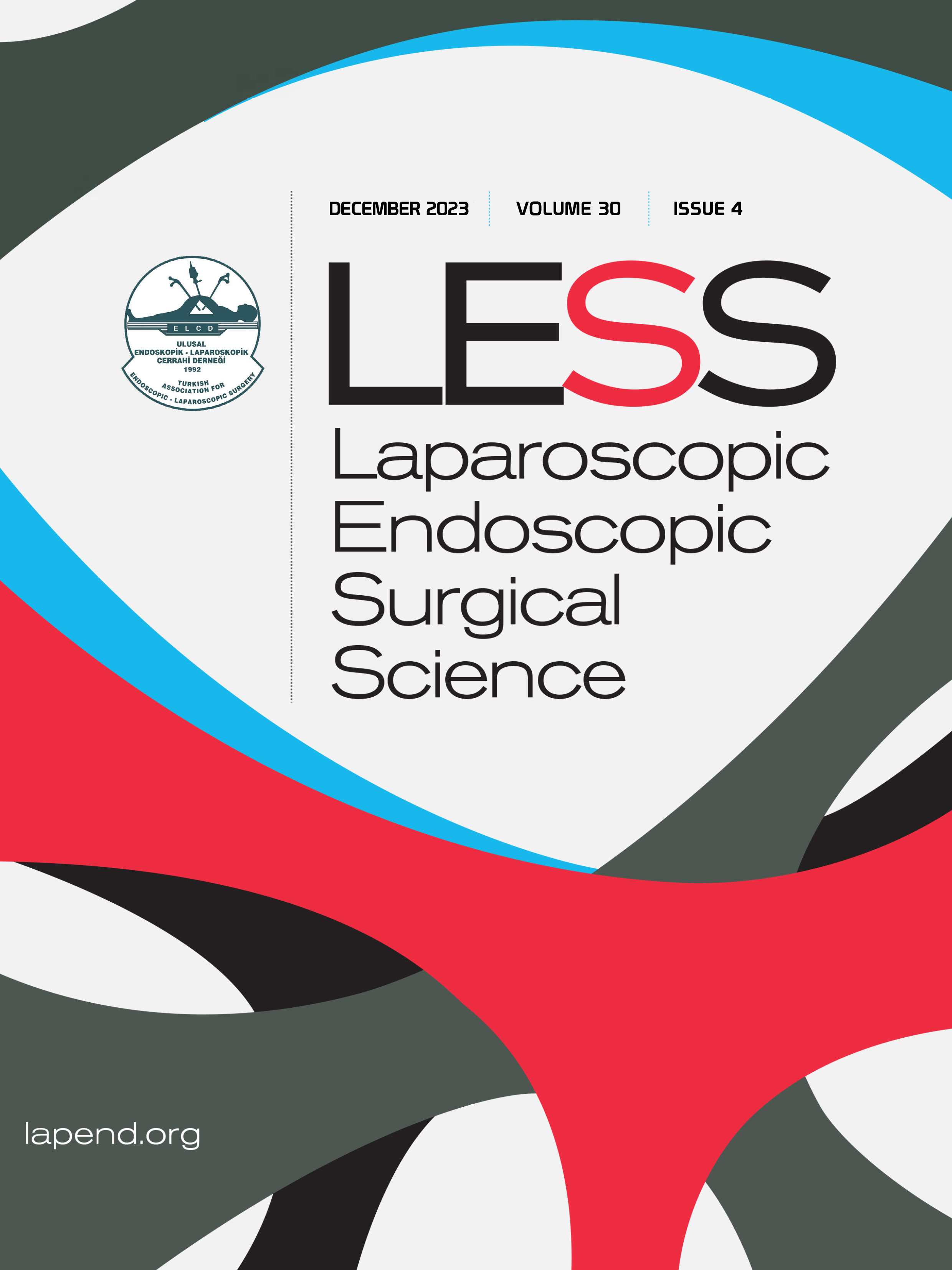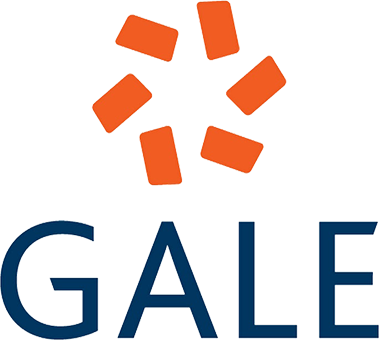Volume: 16 Issue: 2 - 2009
| REVIEW | |
| 1. | Laparoscopic Herniorrhaphy In Children Adnan Aslan Pages 55 - 62 The possibility of the contralateral hernia in children with unilateral indirect inguinal hernia revealed the necessity of contralateral inguinal evulation. Diagnostic laparoscopy through the ipsilateral hernia sac facilitates the contralateral inguinal evaluation and/or herniorrhaphy. Inguinal herniorrhaphy in childhood consists of the high ligation of the hernia sac. Although the open technique is performed through a small inguinal crease incision, its replacement by laparoscopic herniorrhaphy is still controversial. However, rapidly developing laparoscopic tools and techniques provide simple closure of the peritoneum/hernia which make laparoscopic herniorrhaphy easy, safe and preferable. |
| 2. | Alternative laparoscopic routes for adrenal gland region in children Baran Tokar Pages 63 - 69 Alternative Laparoscopic Routes for Adrenal Clinical and radiological investigations may show a retroperitoneal mass in adrenal gland (AG) location in children. If laparoscopic exploration is needed for biopsy or mass excision, there are several alternative approaches. The left and right sides should be considered differently. Laparoscopic exploration of the right side could be performed with retroperitoneal or transabdominal approaches. For the left side, exposure could be done by retroperitoneal, transabdominal or transdiaphragmatic way. Transabdominal exploration of the left side could be subdivided as suprasplenic, supragastric, infragastric, transmesocolic or retrocolic. Depending on presentation of the lesion and the experience, surgeon must preoperatively determine how to make exposure of the mass located in the AG area. To know the alternatives also provides an easy conversion of the approach for exploration of the mass during the operation. |
| 3. | Laparoscopic pyloromyotomy in infantile hypertrophic pyloric stenosis Baran Tokar Pages 70 - 74 For surgeons who perform laparoscopic pyloromyotomy (LP) routinely in infantile hypertrophic pyloric stenosis, evaluation of incision, operation time, quality and efficiency of surgery, postoperative follow up, morbidity and mortality data have satisfactory results. While discussing the surgeons preference on open or laparoscopic surgery, a question of Is it necessarily to perform laparoscopy for a surgery that already has a small incision? should not be at the forefront, and LP should be accepted as an alternative approach for clinic and surgeons having experience in laparoscopy, and the main focus should be how to develop the method. LP is preferred because of trocar incision quality, operation time, observation of pyloric border and vascularity in details, performing a short and relatively simple procedure, same postoperative results of open surgery, family acceptance of the procedure, and surgeons satisfaction in performance. |
| 4. | Use of laparoscopy in pediatric abdominal pain and surgical treatment Burak Tander Pages 75 - 82 Laparoscopy became a popular and useful tool for the diagnosis, differential diagnosis and treatment in surgical patients with abdominal pain. In this paper, principles and technical details of laparoscopy has been reviewed in children with abdominal pain laparoscopically managed. |
| RESEARCH ARTICLE | |
| 5. | Laparoscopic splenectomy in children Fatih Akbıyık, Tuğrul Tiryaki, Müjdem Nur Azılı, Emrah Şenel, Ervin Mambet, Ziya Livanelioğlu, Halil Atayurt Pages 83 - 87 INTRODUCTION: In this study; laparoscopic splenectomy experiences by 3 ports were evaluated and advantages of it was underlined. METHODS: Laparoscopic splenoctomy was performed for 41 patients between January 2007 and January 2011 in our pediatric surgery clinic. The recods were evaluated retrospectively for age of patients, gender, diagnosis, splenic dimesions, details of operation, complications and duration of hospitalization. RESULTS: The diagnosis of the patients were such different from each other changing from herediter spherocytosis to primary hypersplenism. The duration of the operations differed between 50-150 minutes. It was converted to open surgery in 3 patients. The first operations were done by 4-5 ports according to the classical knowledge. Other 33 laparoscopic splenoctomy was performed by 3 ports after this. There was no any complication. DISCUSSION AND CONCLUSION: Laparoscopic splenoctomy can be successfully performed by only 3 ports. This procedure requires more experience. However, it is obvious that it has many cosmetic advantages as well as the advantage of being less invasive. |















